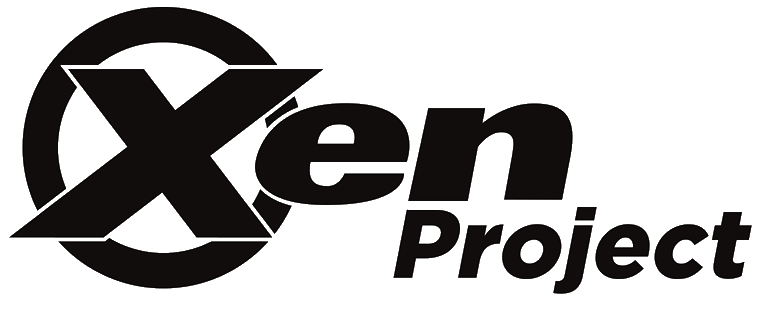Bare Metal Virtualization or Running Off a Single OS
There are pros and cons to both approaches. Below are some of the benefits of either approach
Bare Metal Virtualization
- Better Performance: The hypervisor runs directly on the hardware, so there’s minimal overhead compared to running VMs on top of an operating system. Also, resources can be more efficiently allocated to VMs, leading to better performance for applications running in those VMs.
- Security and Stability related to Isolation: VMs are isolated from each other. If one VM is compromised, it typically doesn’t affect the others. Also, failures in one VM (e.g., crashes or faults) generally don’t impact others, increasing the overall stability of the system.
- Flexibility and Scalability: You can run different operating systems (Windows, Linux, etc.) on the same hardware simultaneously, useful for testing, development, and production environments.
- Centralized Management: Most bare metal virtualization solutions offer robust management tools, making it easier to monitor, manage, and automate tasks across multiple VMs.
Running Off a Single OS
- Simplicity: Managing a single operating system is typically simpler, especially for smaller environments or less complex workloads. There’s no need to learn about virtualization platforms and hypervisors.
- Cost-Effective: No need to purchase licenses for hypervisors or additional software for managing VMs. Also, since there’s no need for the overhead of virtualization, hardware can be simpler and less costly.
- Direct Hardware Access: Applications have direct access to hardware resources, which can be beneficial for certain workloads that require high performance or low latency.
- Simplicity in Troubleshooting: When something goes wrong, you only need to troubleshoot one operating system, making it simpler and faster to resolve issues.
The choice between bare metal virtualization and running everything on a single OS depends on your specific needs. Bare metal virtualization offers better flexibility, scalability, and isolation, making it ideal for environments that need to host multiple workloads or require robust security and resource management. On the other hand, running everything on a single OS can be simpler and more cost-effective, particularly for smaller environments or less critical workloads.
OpenMetal Bare Metal for Virtualization
Dedicated servers for virtualization typically have a large amount of RAM and then appropriate ratios of CPU and disk.
As a hosted private cloud provider OpenMetal stocks servers specifically for virtualization.
Key features from OpenMetal that support easy virtualization:
- 20Gbps high performance private network (NIC: 2 X 10Gbps dedicated servers)
- Dedicated servers with 128GB RAM, 256GB RAM, 512GB RAM, 1TB RAM, and 2TB RAM
- Options for hyperconverged storage and standalone storage clusters
Networks preconfigured to handle virtual private networks that use VxLAN on top of VLANs - Rack aware provisioning system keeps servers in separate failure domains


OpenMetal Hardware for Virtualization
This is some of the enterprise bare metal hardware that can support virtualization. Reach out to our sales team if you have a specific hardware requirement that you don’t see in our bare metal catalog.
Interested in OpenMetal Cloud?
Schedule a Consultation
Get a deeper assessment and discuss your unique requirements.




































